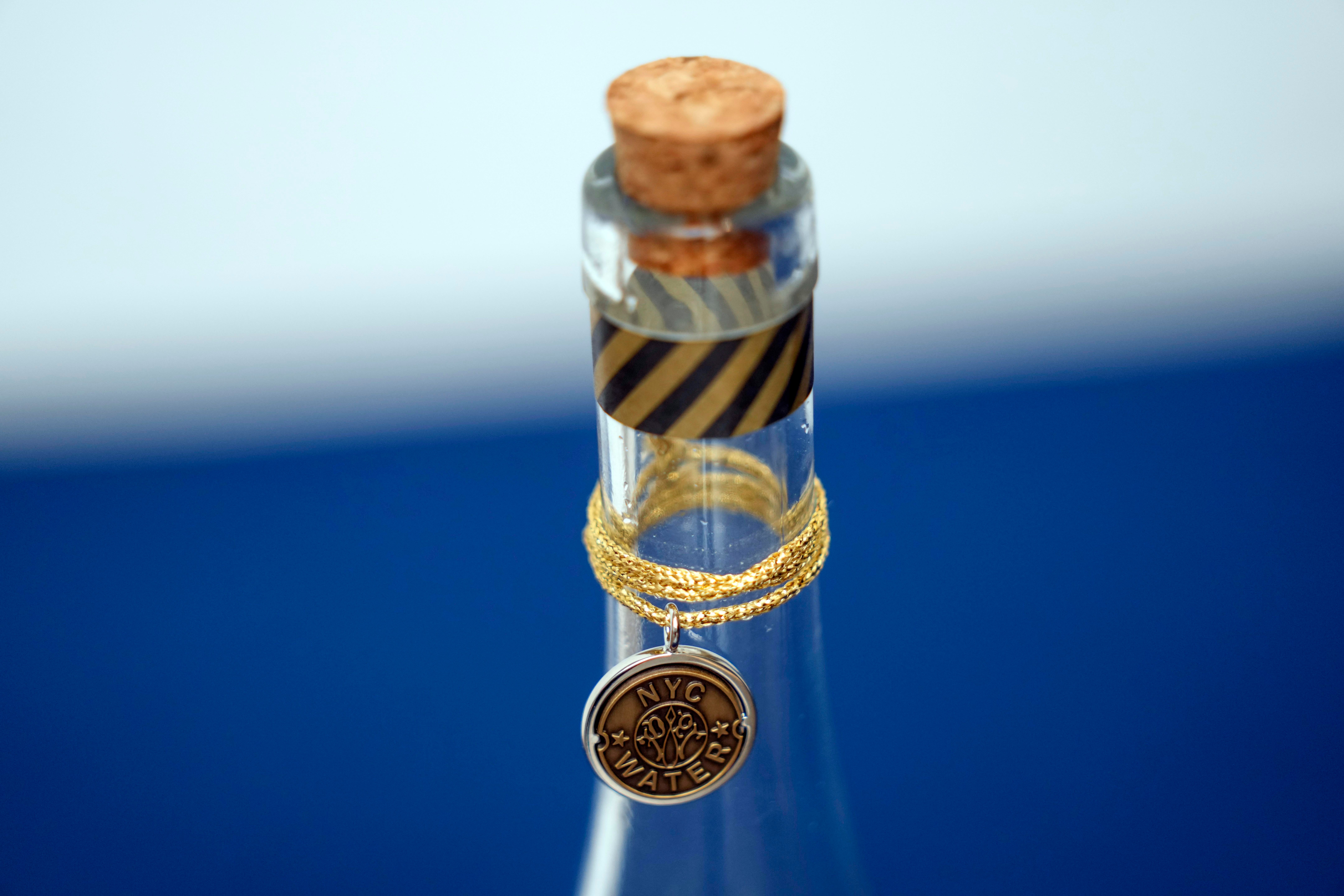NYC declares a drought watch and asks residents to conserve water
New York’s mayor is urging residents to take shorter showers, fix leaky faucets and otherwise conserve water

New York's mayor urged residents to take shorter showers, fix dripping faucets and otherwise conserve water, issuing a drought watch Saturday after a parched October here and in much of the United States.
A drought watch is the first of three potential levels of water-saving directives, and Adams pitched it in a social media video as a step to try to ward off the possibility of a worse shortage in the United States' most populous city.
“Mother Nature is in charge, and so we must make sure we adjust,” said Adams, a Democrat.
He ordered all city agencies to get ready to implement their water conservation plans. He asked the public to do its part by, for example, turning off taps while brushing teeth and sweeping sidewalks instead of hosing them down.
The mayor also exhorted residents to report opened-up fire hydrants and other street leaks. The recommendation comes days after the city fixed a leaky Brooklyn hydrant that fed a homespun goldfish pond on the sidewalk.
Just 0.01 inches (0.02 cm) of rain fell last month on the city's Central Park, where October normally brings about 4.4 inches (11.2 cm) of precipitation, National Weather Service records show. City Department of Environmental Protection Commissioner Rohit Aggarwala said it was the driest October in over 150 years of records.
Complicating the water squeeze, the city is repairing a big, leaky aqueduct that carries water from the Catskill region, so residents are relying more on reservoirs in the city's northern suburbs. That area got 0.81 inches (2 cm) of rain last month, about one-fifth the October average, the mayor's office said in a release Saturday.
New York City uses an average of 1.1 billion gallons (4.2 billion liters) of water a day. That is about 35% below a 1979 peak. The city attributes the decrease to such factors as improvements in spotting leaks.
Last month, nearly half the country was in a flash drought, which means a rapid dry-out from a combination of little precipitation and abnormally high temperatures. The Northeast capped the month with an unusually — one might even say weirdly — warm Halloween, with temperatures hitting the high 70s and low 80s (24 to 28 Celsius) from New York to Maine.
Experts attributed the flash drought to a weather pattern that kept moisture from moving north from the Gulf of Mexico.
The dry weather constrained shipping on the Mississippi River and contributed to wildfires in the Midwest and the East.
The National Weather Service continued Saturday to warn of elevated fire risk in places including Connecticut, where a firefighter was killed last month while battling a dayslong brush blaze apparently sparked by a poorly doused campfire.
Bookmark popover
Removed from bookmarks